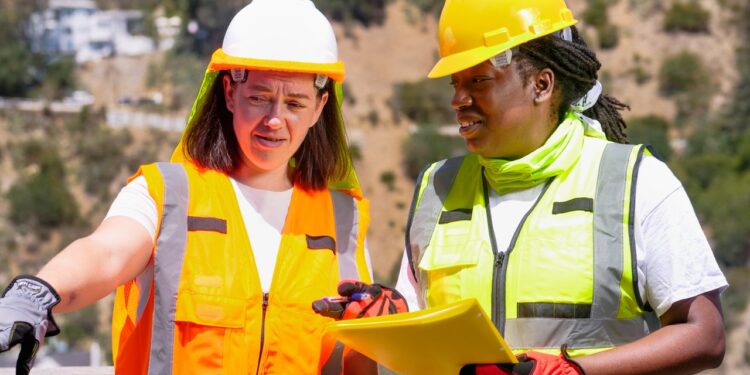Companies are in desperate need of workers across the U.S. as the economic reopening meets a tight labor market, even if the boom in manual labor job wage growth pre-dates the pandemic.
Economic forecasters have been watching blue-collar and manual service wages trend upwards for the last several years, growing at a faster rate than wages for white-collar jobs and reversing a trend that had been in place throughout the past 30 years, according to data from the U.S. Bureau of Labor Statistics.
“In general, on the blue collar level, you’re probably going to see higher real incomes,” one such forecaster, Gary Shilling, recently told CNBC.
Shilling says “labor share”—the amount of GDP paid out in wages, salaries, and benefits—which has been in decline for decades is trending higher, while “capital share”—the amount of national income from invested capital—is trending downwards.
The June nonfarm payroll report showcased a rise in average hourly wages across all industries, with a 343,000 employment increase in leisure and hospitality jobs, with over half being food service workers. But employment in areas like construction, transportation and manufacturing remained low.












